A Better City|From Medical Care to Daily Life: How Design Transforms a Small Town
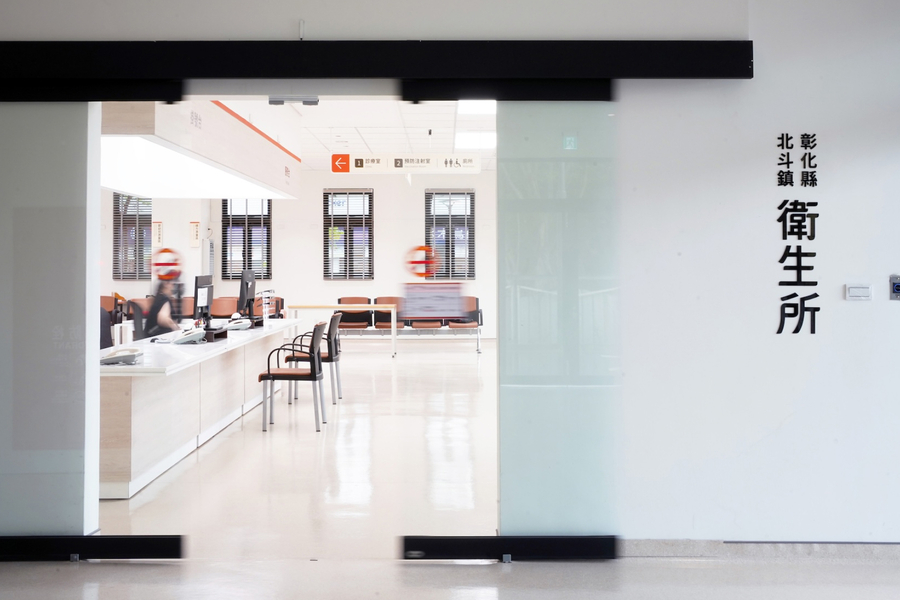
▲ With design in place, the health center is no longer only for treatment—it now carries warmth, aesthetics, and user needs.
When design thinking is introduced into everyday healthcare spaces, a health center is no longer just a place for treatment—it becomes a space that carries warmth, aesthetics, and user-centered needs. The renovation of Beidou Township Health Center and the Ageless Gym in Changhua County is a vivid example of human-centered design within the Design Movement for Public, a national project led by the Taiwan Design Research Institute that promotes design-led improvements in public spaces.
From Clinics to Daily Life: A Different Kind of Health Center
Walking along Fuxing Road in Beidou Township, the striking white facade with bright yellow grilles of the Beidou Township Health Center and Long-Term Care Welfare Building(hereafter, the Welfare Building) immediately catches the eye. Locals often wonder aloud: “It looks so beautiful—could it be a residence?” or “I heard there’s a new health center and a senior-friendly gym inside!”
News spreads quickly in small towns. Even before its official opening, residents were already eagerly anticipating the launch of this new building.
For many, a health center is simply a small-scale primary care unit. In Changhua, however,it safeguards residents’ day-to-day health.“We don’t just provide general consultations—we also work with specialists from affiliated medical institutions to offer on-site medical services, such as abdominal ultrasonography, fundus examination, and well baby examination. Unlike other counties where people often go directly to hospitals or clinics, here in Changhua, the health center is what locals rely on the most,” explained Yang Yun-Ju, Section Chief of the Changhua County Public Health Bureau.
In recent years, the county government has actively promoted multi-functional welfare buildings that integrate health centers, childcare centers, parent–child activity spaces, day-care services, and the frailty resilience center. The collaboration with the Taiwan Design Research Institute as part of the Design Movement for Public initiative began with one central question: how can such facilities, while serving everyday needs, also embody care and aesthetics?
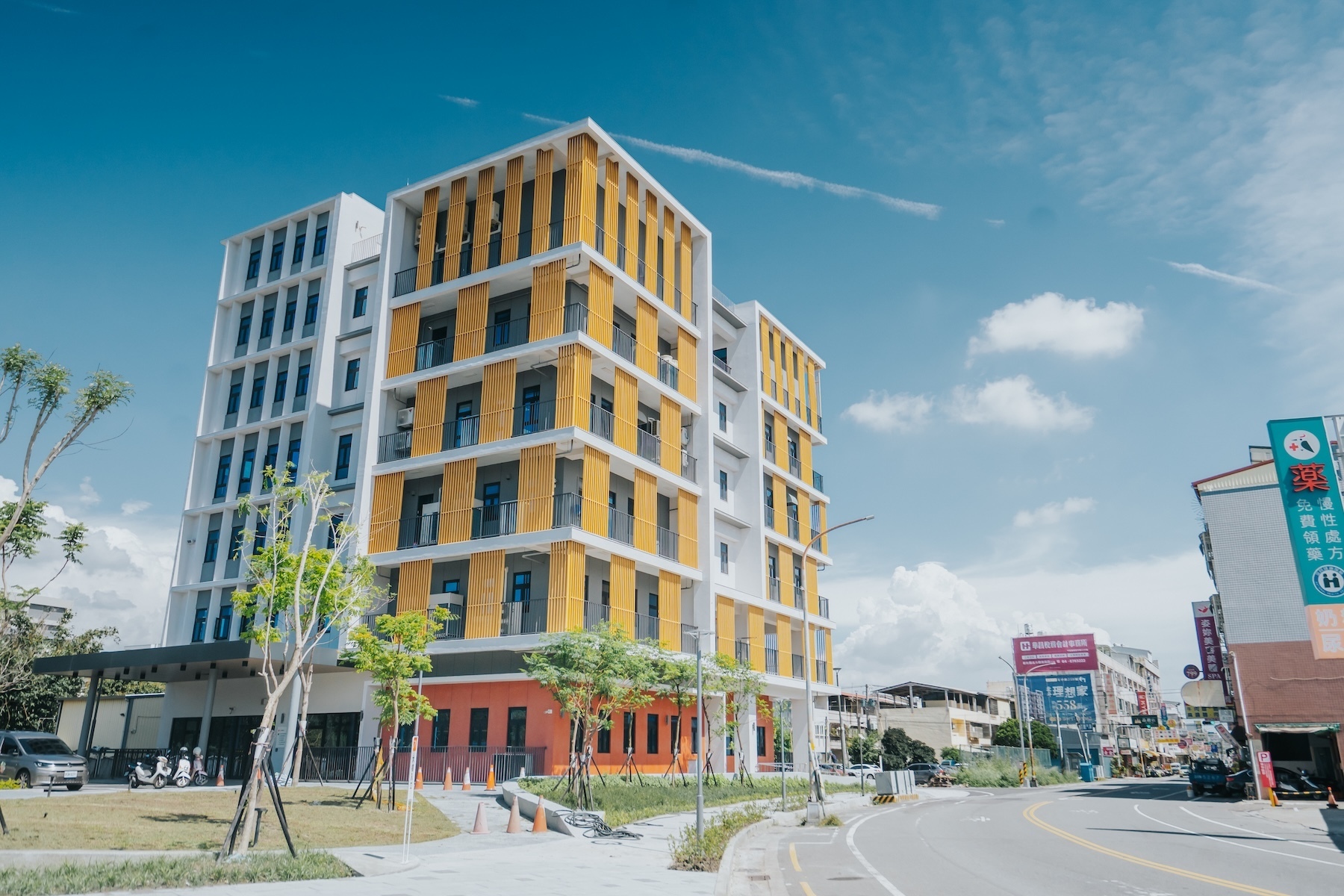 ▲ The white volume with bright yellow screens stands at the street corner, bringing new energy in healthcare services and public aesthetics to the town.
▲ The white volume with bright yellow screens stands at the street corner, bringing new energy in healthcare services and public aesthetics to the town.
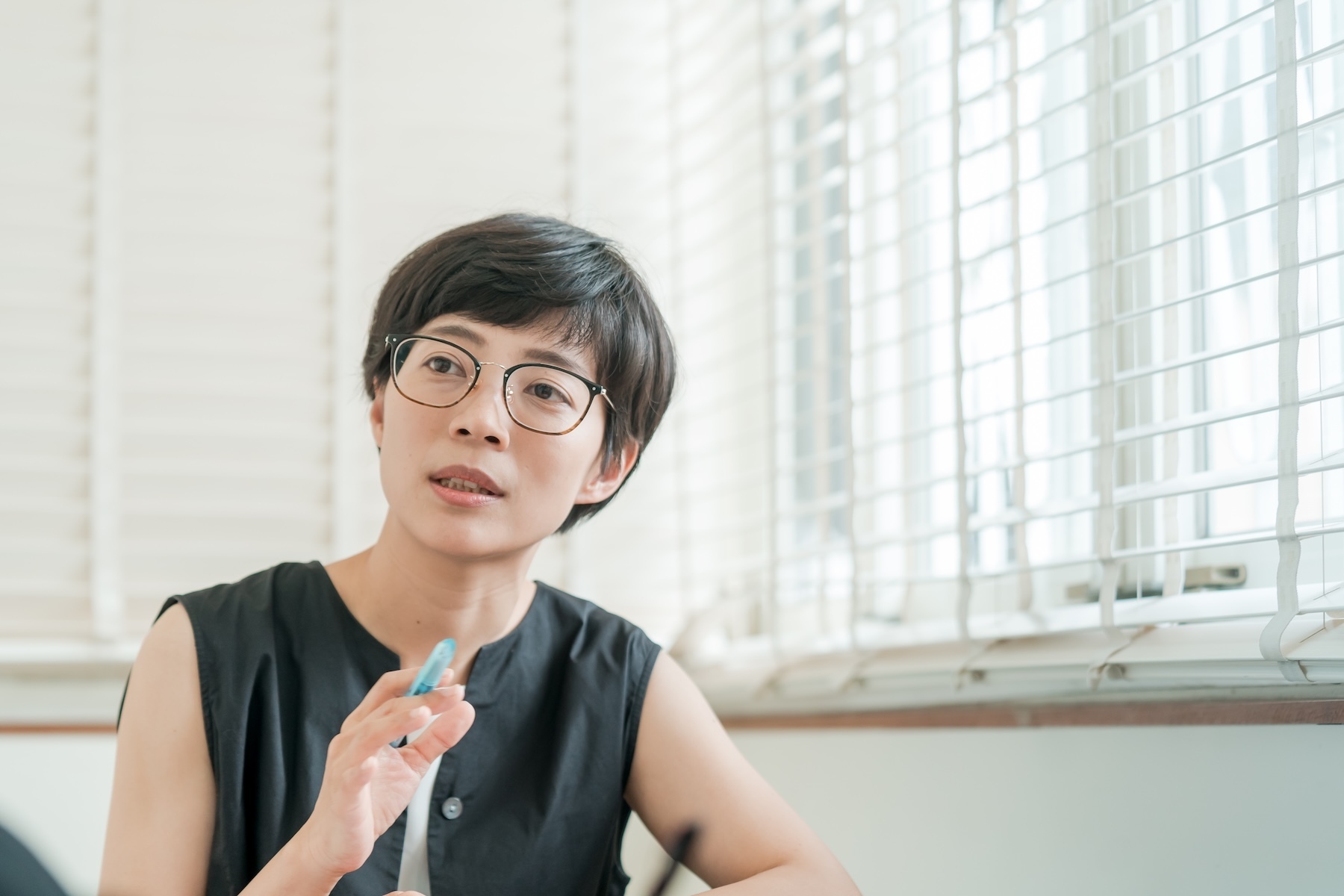 ▲ Section Chief Yang Yun-Ju notes that the health center is the most trusted medical touchpoint for Changhua residents.
▲ Section Chief Yang Yun-Ju notes that the health center is the most trusted medical touchpoint for Changhua residents.
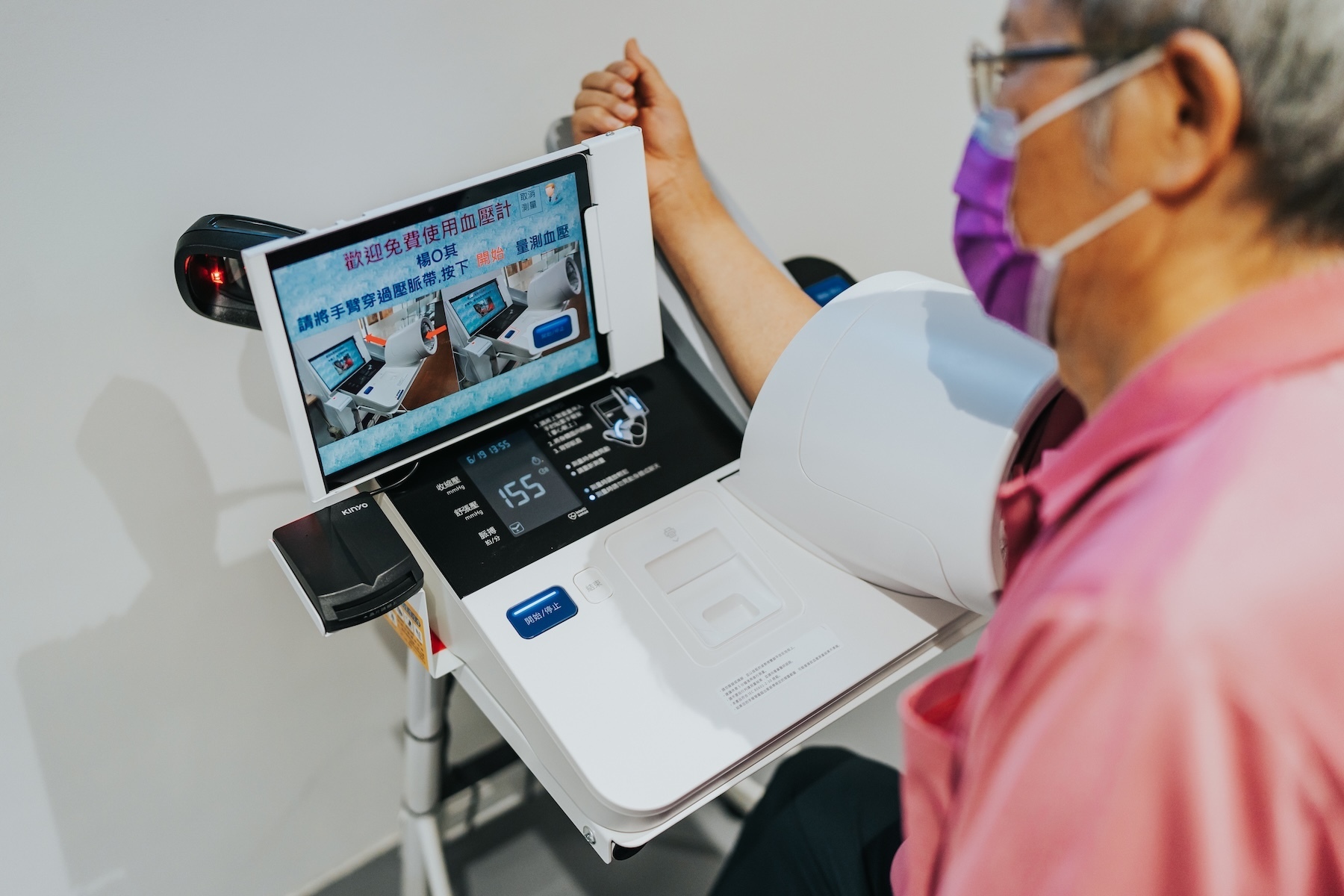 ▲ Locals regularly drop by to measure blood pressure, pulse, and other basic health indicators.
▲ Locals regularly drop by to measure blood pressure, pulse, and other basic health indicators.
In-Depth Research: Responding to User Needs with Design Thinking
The new facility had to accommodate a wide range of users—from children to the elderly. How could the design balance aesthetics with service functionality?“Aesthetics isn’t just about beauty—it’s about whether the space and services are reasonable, whether the processes are clear, and whether they provide a consistent user experience,” emphasized Chao Hsi, a member of the advisory committee for the Design Movement for Public and Director of the Chinese Society of Interior Designers. He pointed out that solid field research and an understanding of user needs form the foundation of design.
The design team spent months conducting fieldwork at the nearby Xizhou Health Center, interviewing citizens, nurses, doctors, and volunteers, and mapping nearly 100 service processes. These findings became the core basis for the design, ensuring that the new space truly reflects the needs of its users.
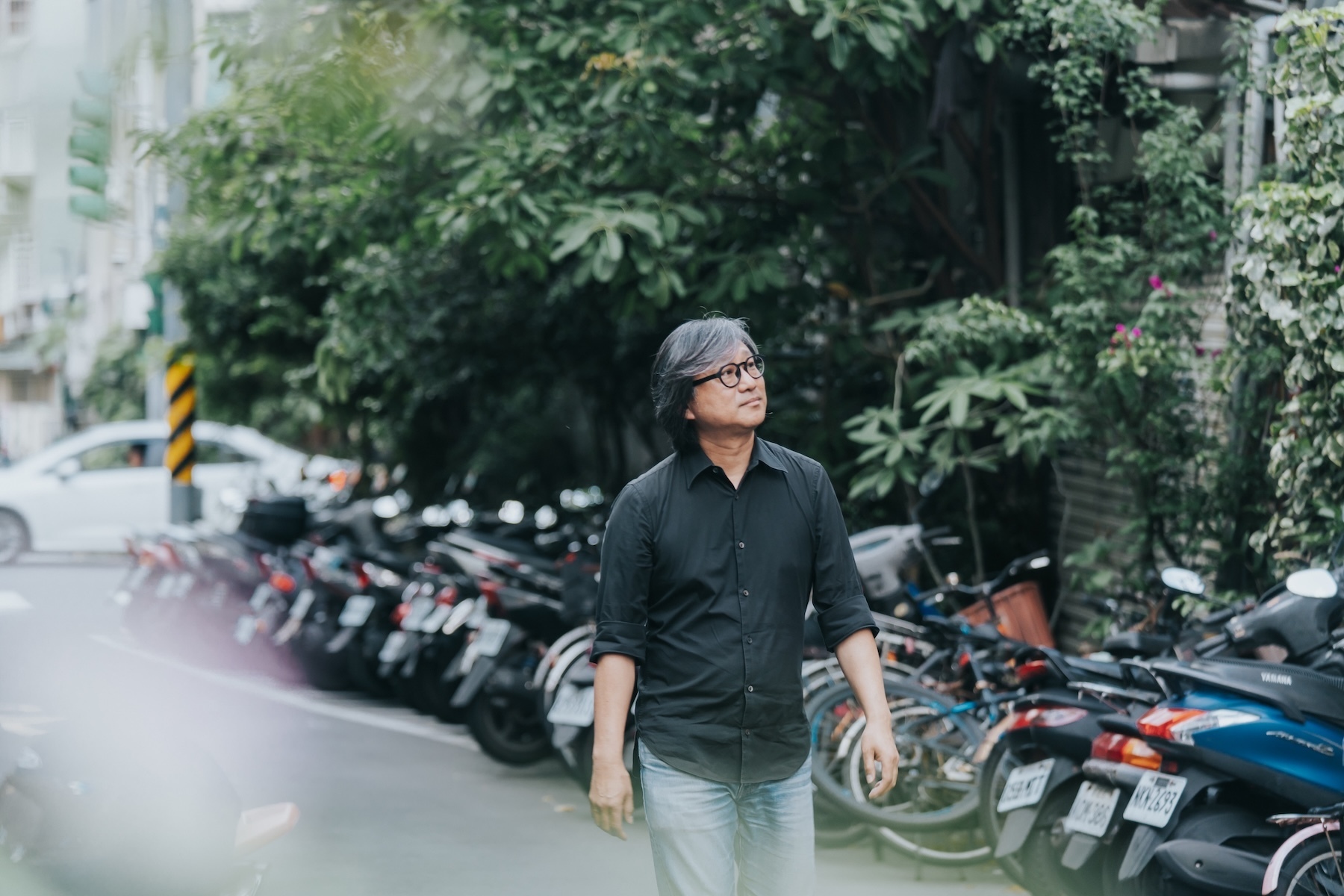 ▲ Advisor Chao Hsi underscores that aesthetics must go hand in hand with service flow and user experience
▲ Advisor Chao Hsi underscores that aesthetics must go hand in hand with service flow and user experience
From Registration to Consultation: Friendlier Spatial Flow
Upon entering, visitors first encounter the registration counter—lowered in height to reduce distance between staff and patients. “Everyone here is a familiar face. It feels like visiting a friend’s house when we greet them at the counter,” said Head Nurse Chiu Shu-Hsiang with a smile.
Gone are the dark, cramped interiors of the past. Large windows bring in natural light, creating a bright and welcoming waiting area, with clean walls free of cluttered posters. Many patients could not help but exclaim: “How did the health center become so beautiful?”
Wayfinding is also clearer: bold red-orange signage and large numbers mark each consultation room. “In the past, we had to personally guide patients step by step. Now, even the elderly can find their way after one or two visits. The whole process flows more smoothly, which has eased both our workload and stress,” Chiu noted.
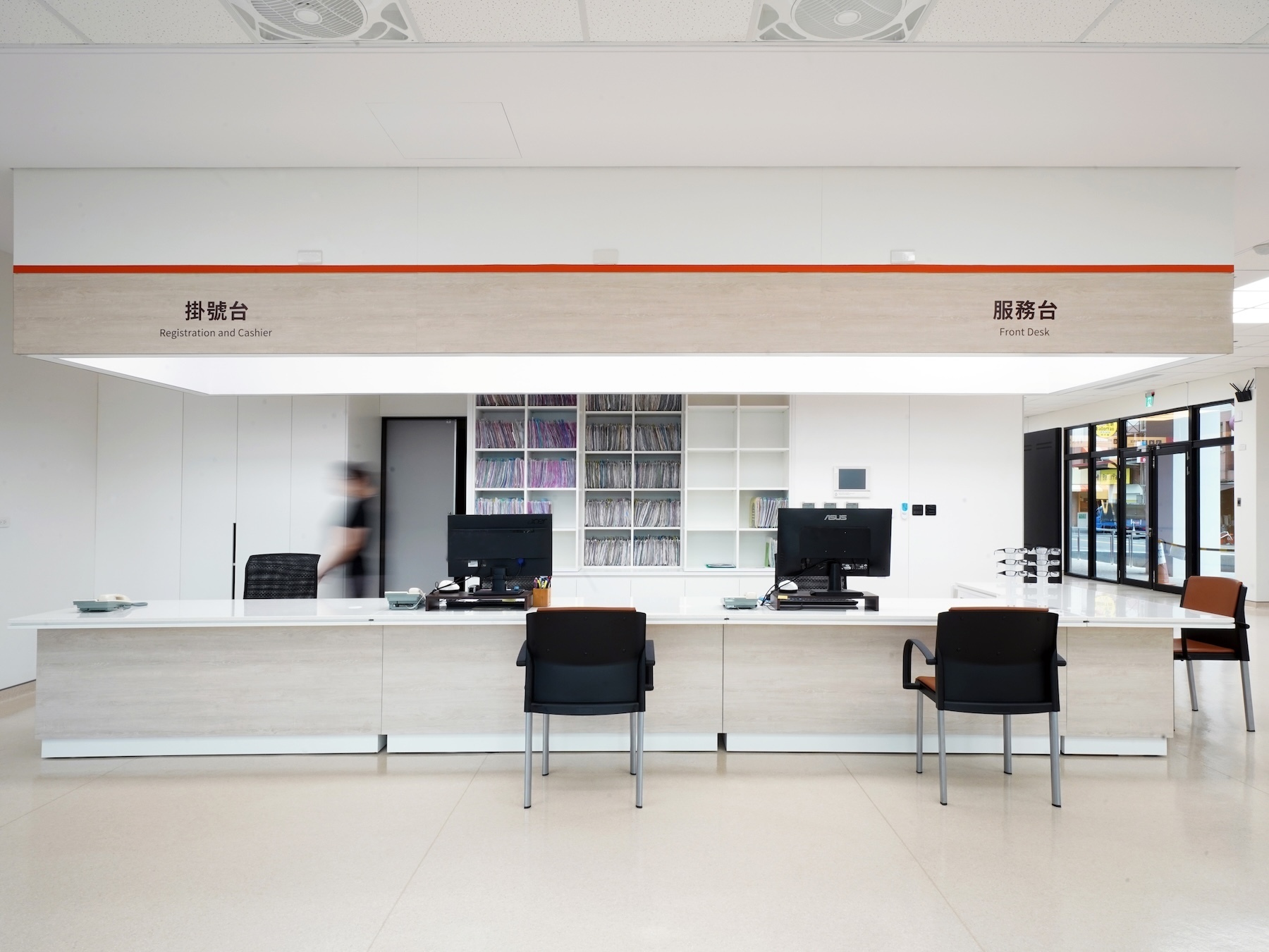 ▲ With a lowered front desk, visitors can make eye contact with staff; a direct staff corridor links the counter to consultation rooms, neatly separating public and back-of-house circulation.
▲ With a lowered front desk, visitors can make eye contact with staff; a direct staff corridor links the counter to consultation rooms, neatly separating public and back-of-house circulation.
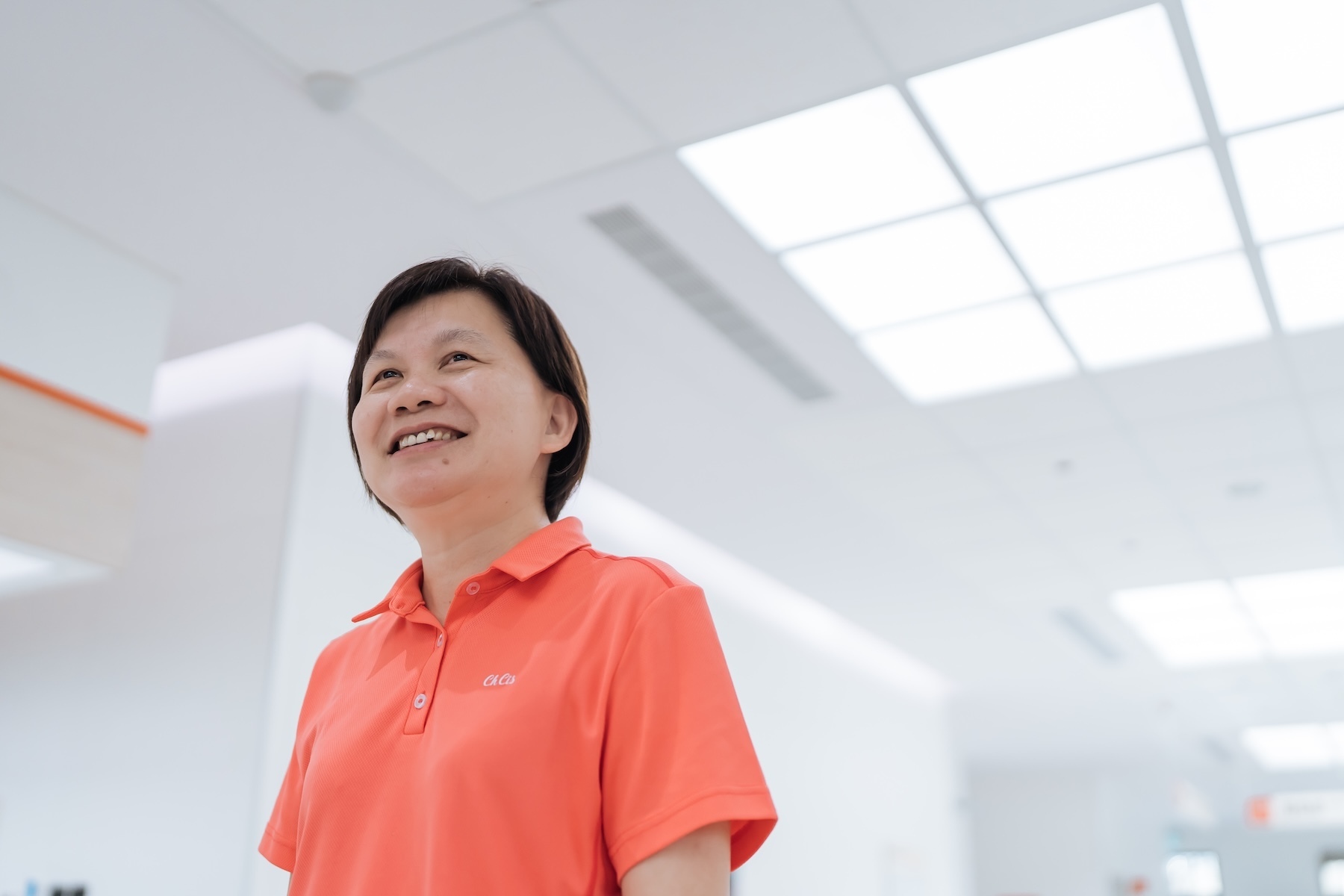 ▲ Head Nurse Chiu Shu-Hsiang says the redesigned flow has greatly reduced staff workload.
▲ Head Nurse Chiu Shu-Hsiang says the redesigned flow has greatly reduced staff workload.
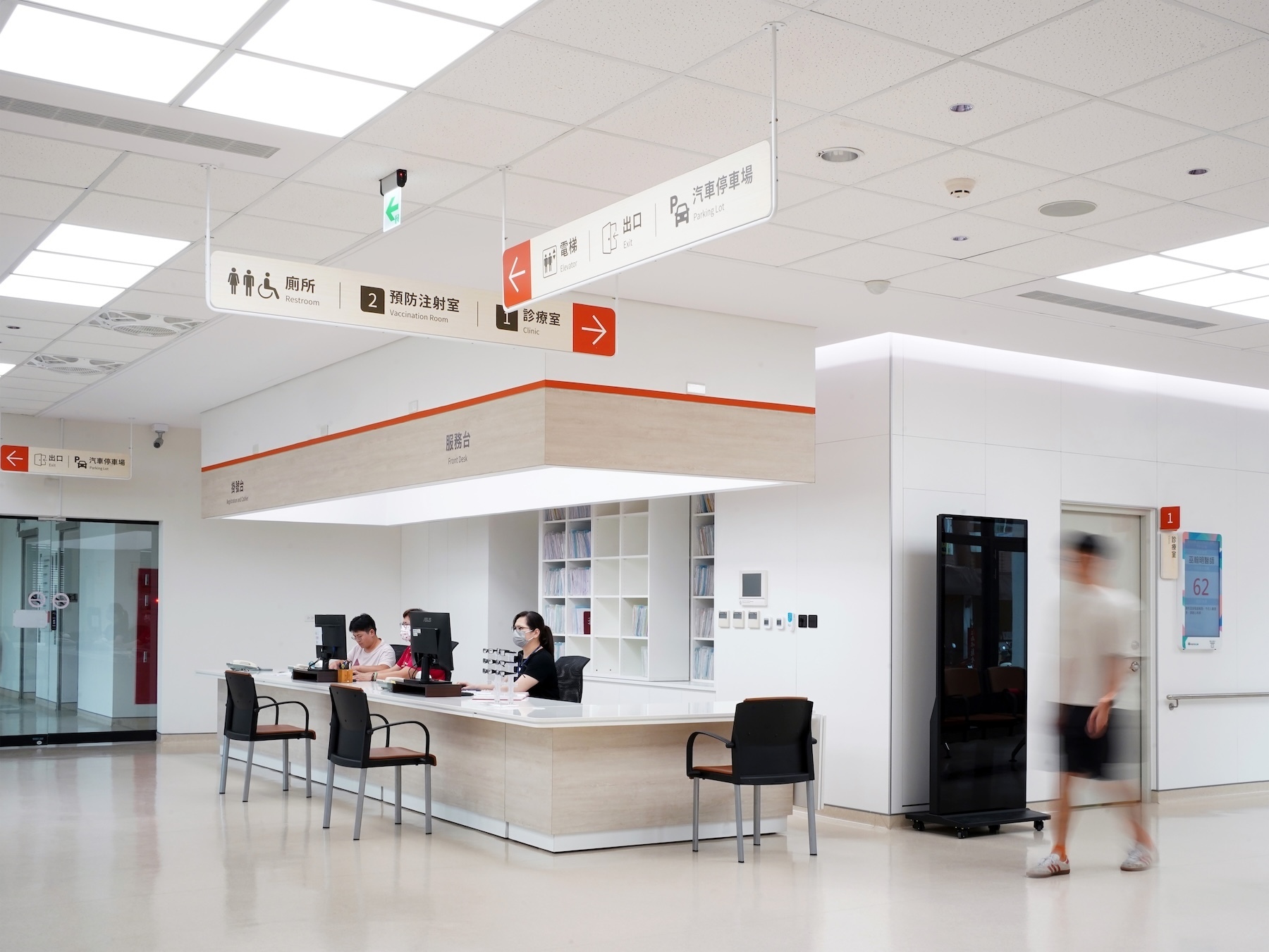 ▲ A color plan centered on ‘health, vitality, and reassurance’ redefines floors, walls, ceilings, and signage, conveying warmth and trust.
▲ A color plan centered on ‘health, vitality, and reassurance’ redefines floors, walls, ceilings, and signage, conveying warmth and trust.
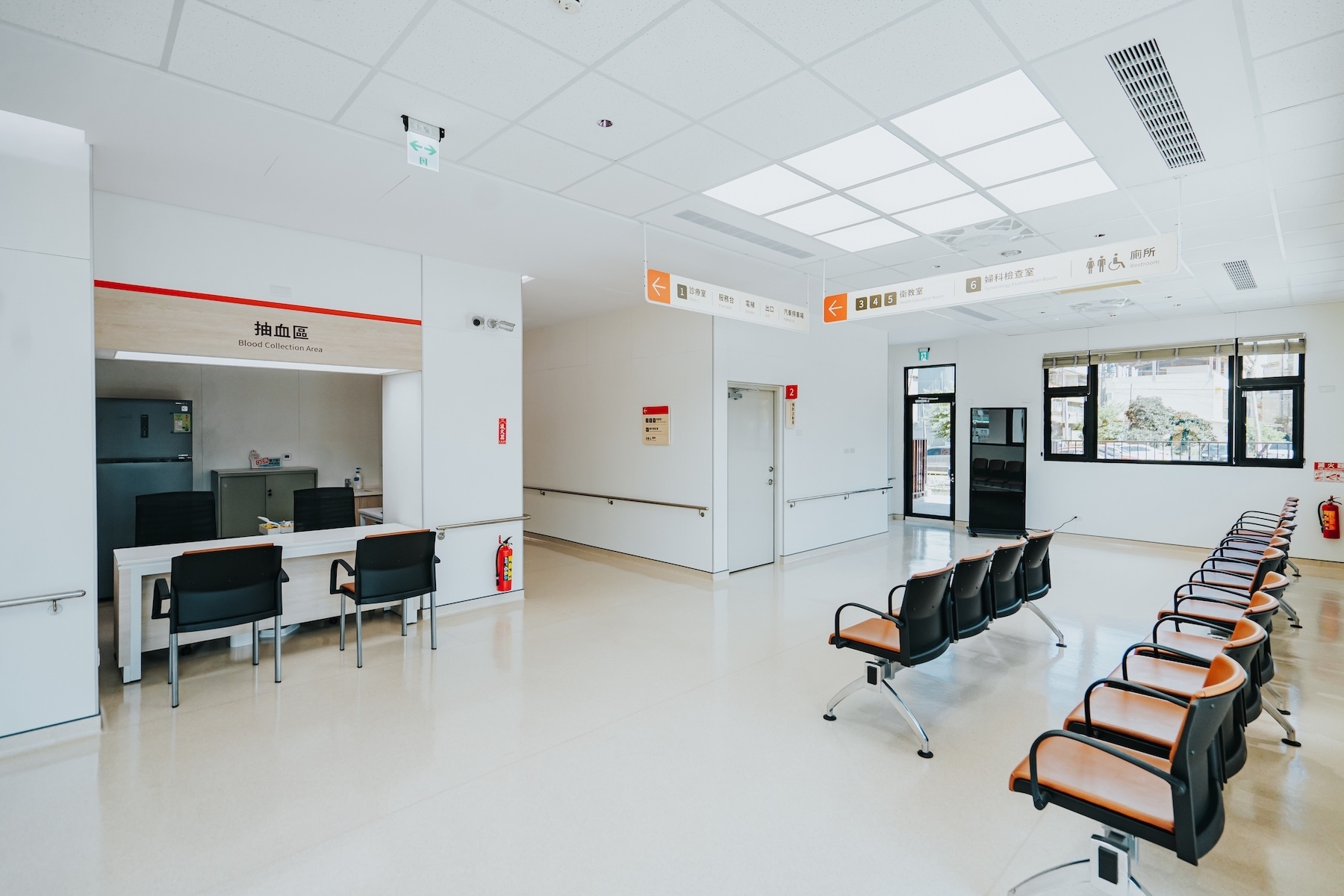 ▲ Daylight brightens the waiting area; less visual noise returns the space to clarity and order.
▲ Daylight brightens the waiting area; less visual noise returns the space to clarity and order.
Design as a Bridge: Co-Creation and Win-Win Solutions
For public institutions accustomed to maximizing space efficiency, this project was a conceptual shift. “With design involved, we began to pay attention to details like furniture colors, lighting, and storage solutions. We realized that space should not only be practical but also considerate of user feelings, service flows, and aesthetics,” said Yang Yun-Ju.
“Design is, at its core, translation,” added advisor Chao Hsi. “It turns abstract needs and values into actionable solutions.” Acting as a bridge between the design team and the public sector, he conveyed design principles and value while helping the team understand on-site conditions and constraints—so both sides could find consensus within limited resources.
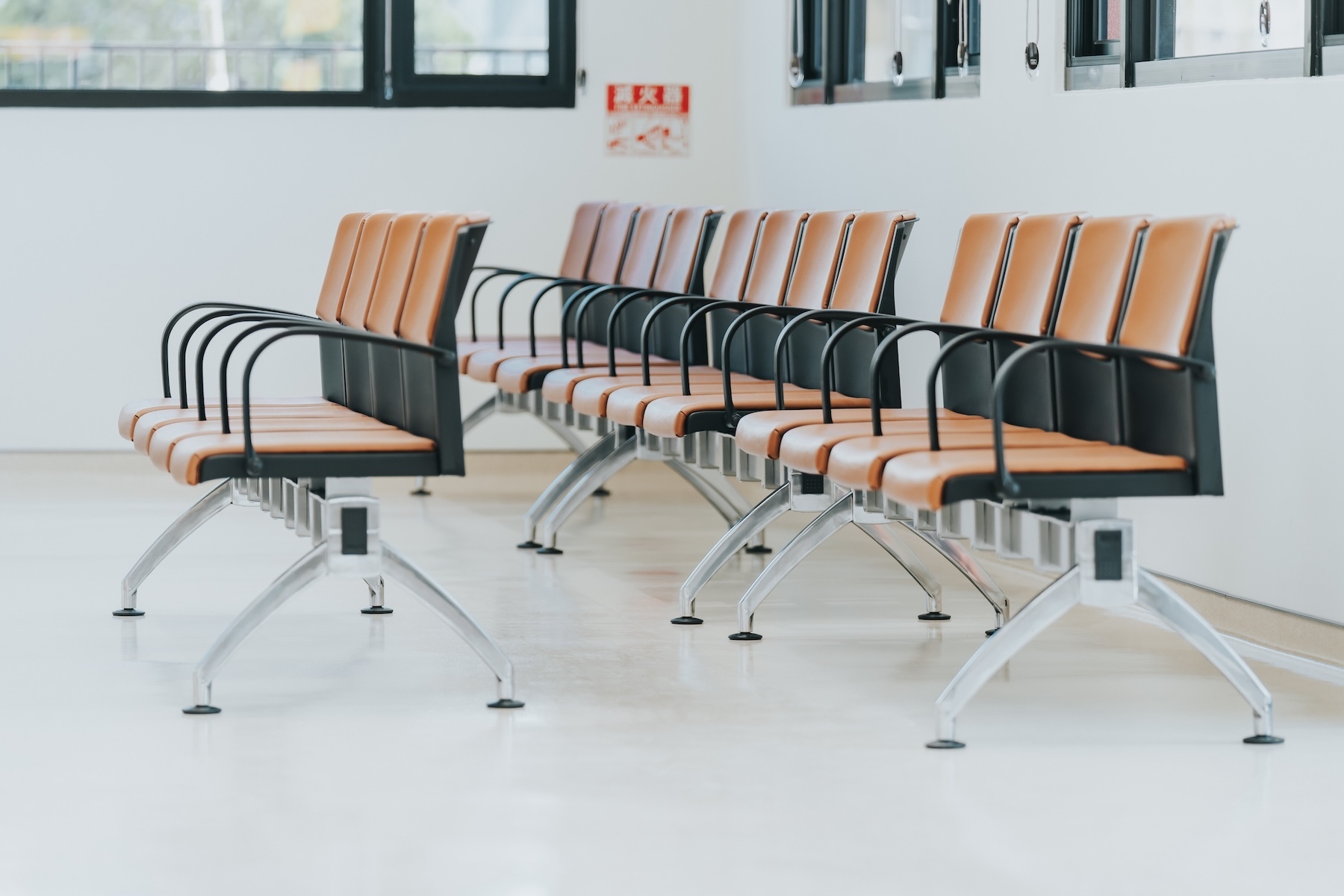 ▲ Lounge chairs in the waiting area are not just furniture; they contribute to the space’s color strategy and atmosphere.
▲ Lounge chairs in the waiting area are not just furniture; they contribute to the space’s color strategy and atmosphere.
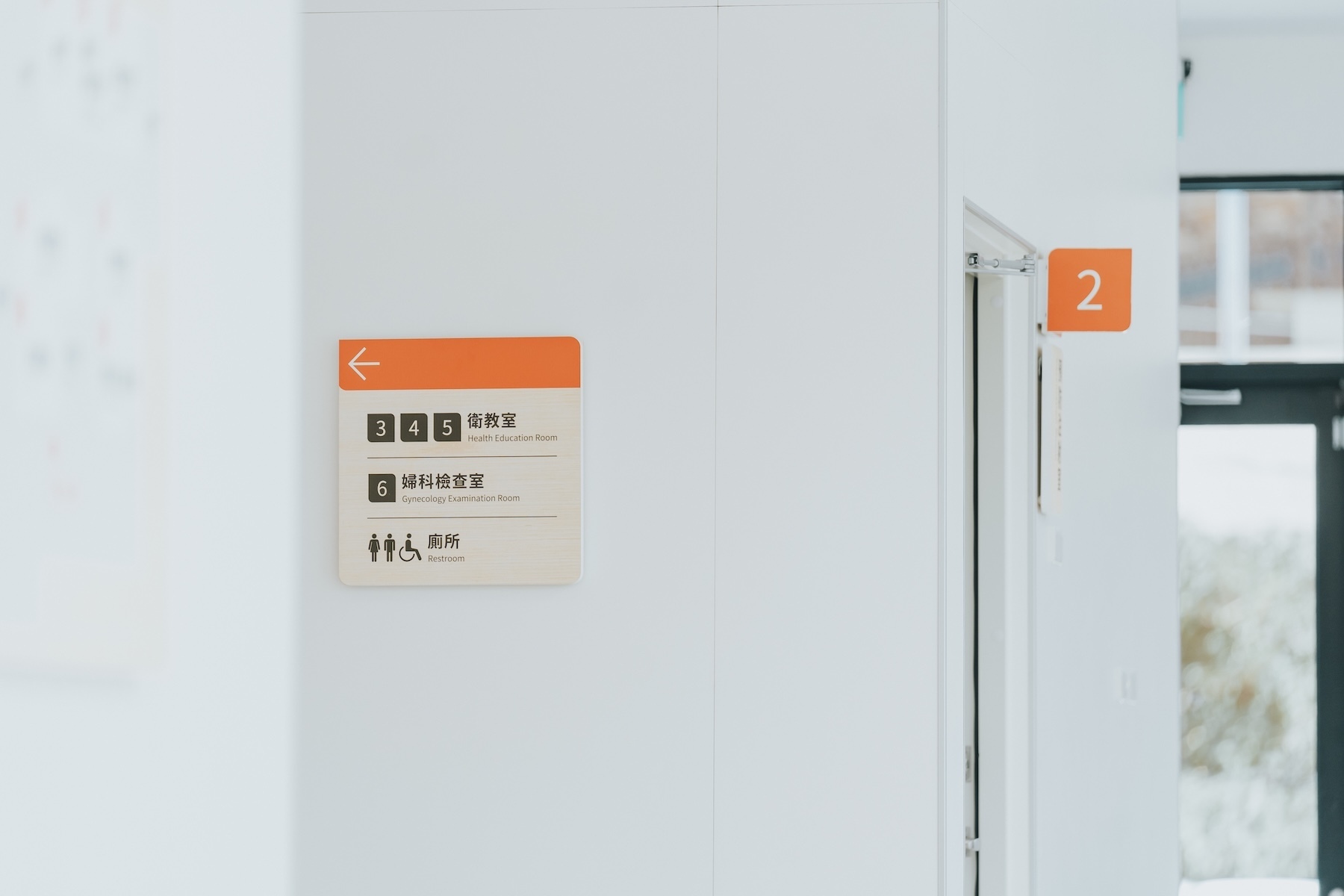 ▲ The transformation drew public-sector attention to the idea that spaces should be both functional and aesthetically coherent.
▲ The transformation drew public-sector attention to the idea that spaces should be both functional and aesthetically coherent.
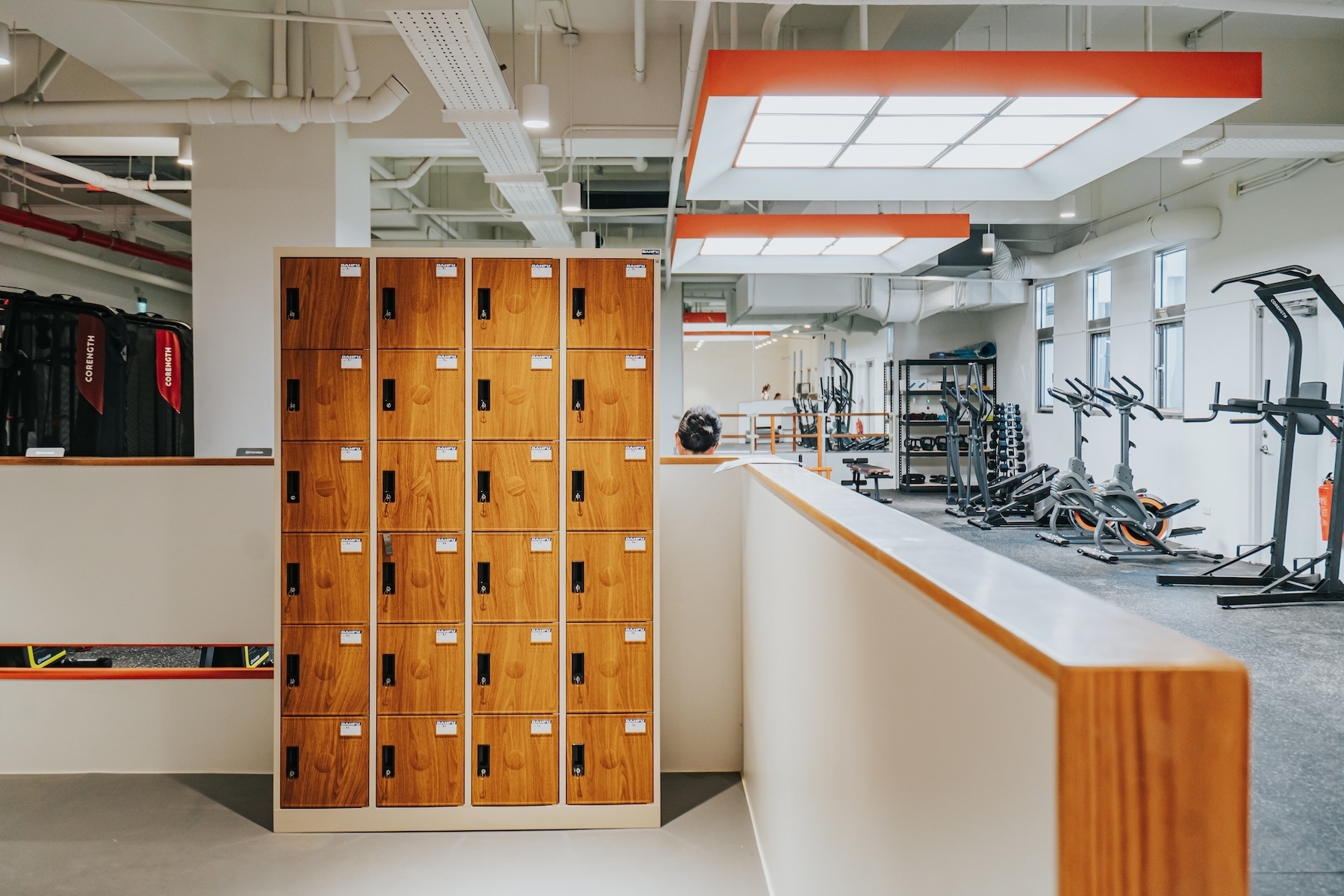 ▲ At the frailty resilience center, furniture and ambience extend the project’s overall design language, making exercise more comfortable and reassuring.
▲ At the frailty resilience center, furniture and ambience extend the project’s overall design language, making exercise more comfortable and reassuring.
The Frailty Resilience Center: Design Aesthetics from an Elderly Perspective
The Changhua Frailty Resilience Center is the first of its kind in Taiwan. In this renovation, it received a striking makeover: black flooring, green turf, and soft lighting create a professional yet comfortable atmosphere that challenges stereotypes of public gyms. Since it is dedicated to seniors, every element—from flooring materials to wall finishes and lighting—was carefully planned to enhance comfort and dignity. “We deliberately chose black flooring to reduce brightness and pressure. Because the equipment itself adds visual variety, the space doesn’t need excessive colors that distract the eye. This helps seniors stay focused and safe while exercising,” explained Chao Hsi.
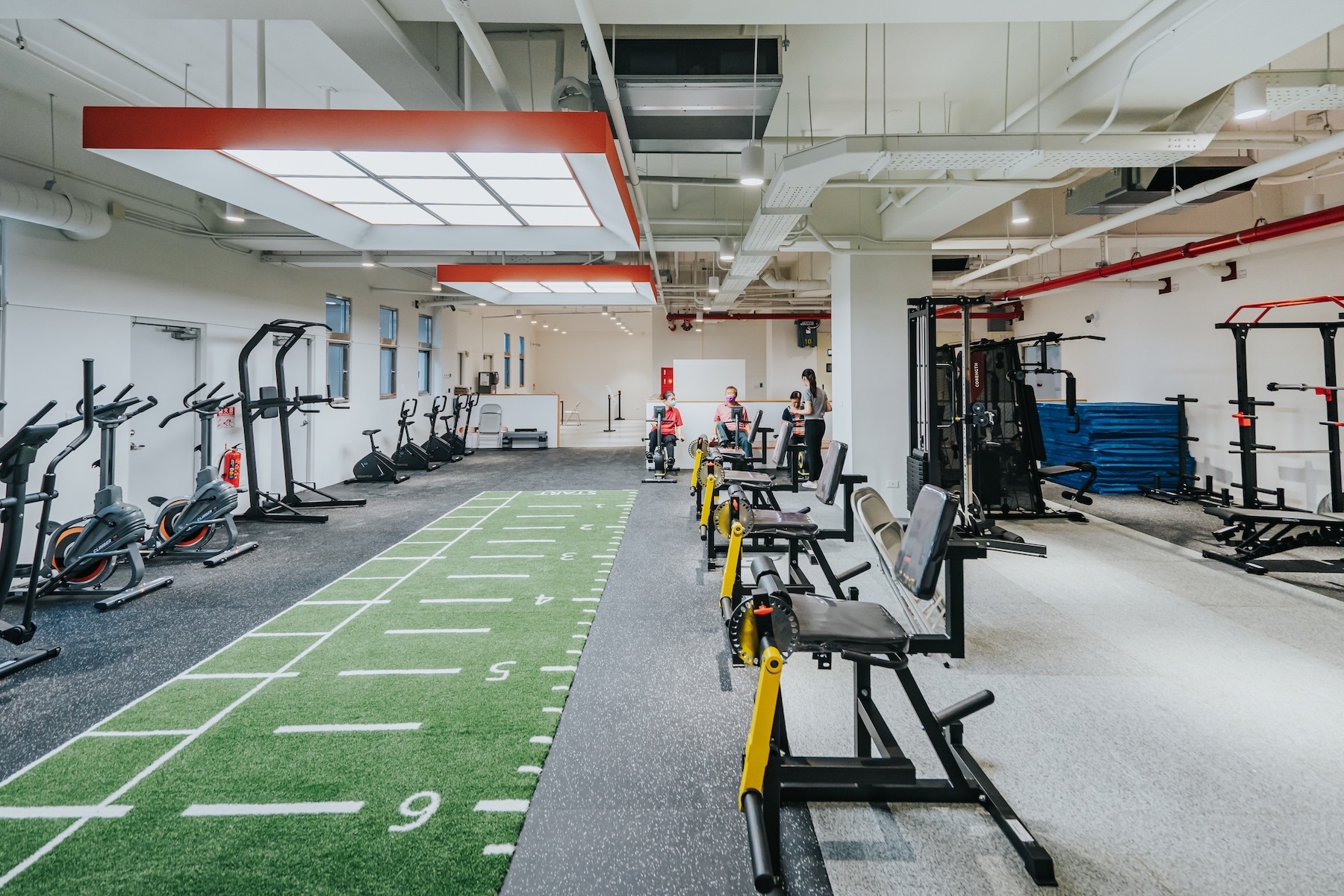 ▲ Balancing aesthetics with seniors’ needs, the team used black flooring, green turf, and soft lighting to lower overall brightness and reduce visual fatigue.
▲ Balancing aesthetics with seniors’ needs, the team used black flooring, green turf, and soft lighting to lower overall brightness and reduce visual fatigue.
Spreading the Impact of Urban Aesthetics through the Design Movement for Public
Since the completion of the Beidou Township Health Center and Welfare Building, seniors have praised it warmly: “The new health center and gym feel fresh and so comfortable (sù-sī)!”
Though front-line staff initially needed time to adapt to new layouts and procedures, they soon experienced greater efficiency and satisfaction—evidence that design brings more than cosmetic changes; it delivers comfort and convenience in daily life.
“The true value of the project lies in its diffusion and continuity,” stressed Chao Hsi. “When spaces transform user experiences and behaviors, those experiences naturally spread with people’s daily lives, planting the seeds of aesthetics that eventually take root as part of local culture.”
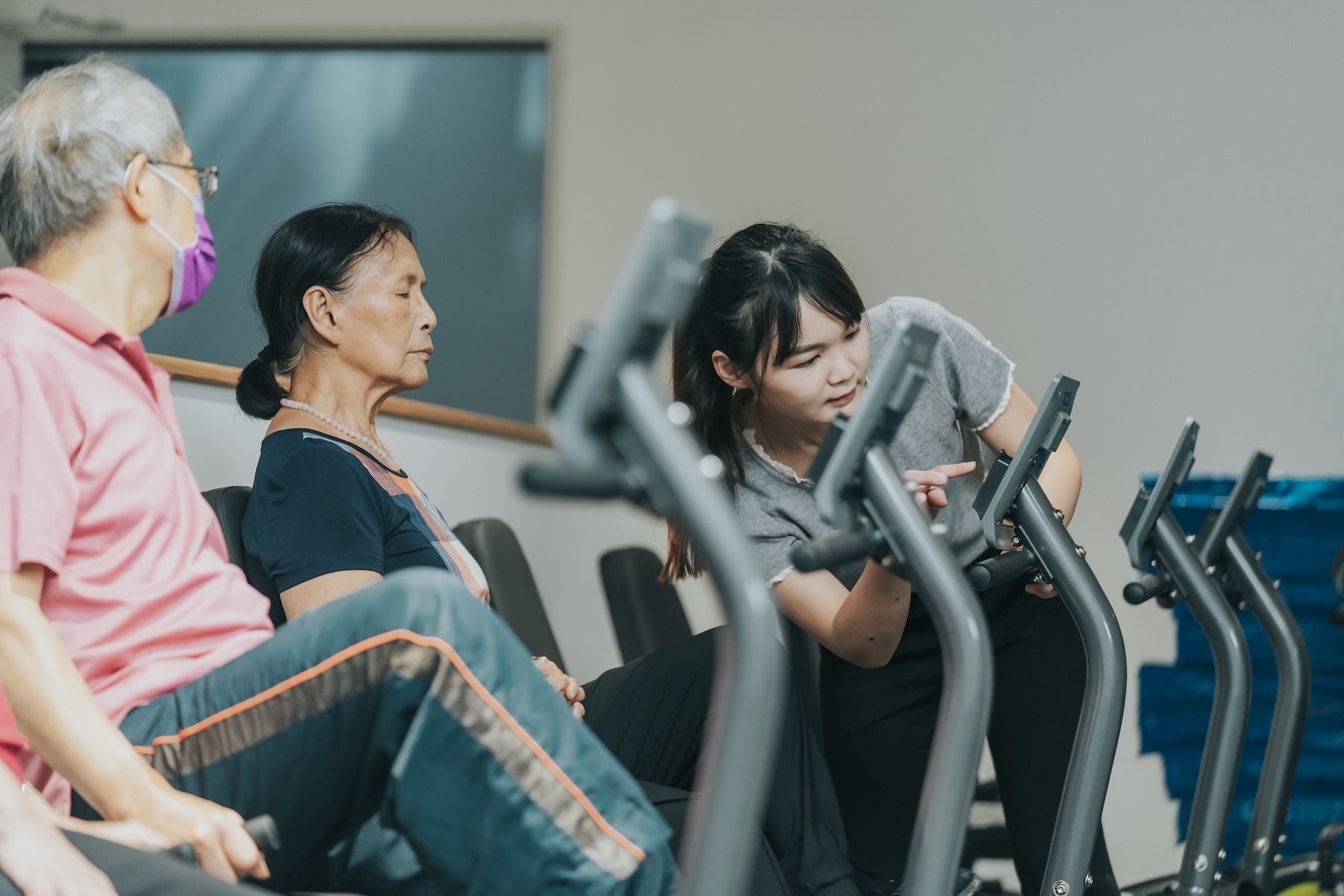 ▲ With its new design, the Beidou Frailty Resilience Center lets seniors exercise with comfort and ease.
▲ With its new design, the Beidou Frailty Resilience Center lets seniors exercise with comfort and ease.
About The Design Movement for Public
Since 2023, the Industrial Development Administration of the Ministry of Economic Affairs has promoted the project executed by the Taiwan Design Research Institute. The program focuses on small-scale public works projects under NT$50 million, with design planning subsidies up to NT$4.5 million per case.
By integrating cross-disciplinary teams from early-stage research, design thinking, and planning, the program helps public agencies deliver solutions that truly meet people’s needs. Through open calls, government agencies, design teams, and experts co-create together, ensuring aesthetics, function, and user experience are considered in every project.
The project is not merely about renovation—it uses design as a tool to improve public services, enhance quality of life, and reshape the image of cities, advancing Taiwan toward a people-centered, collaborative approach to public space.
◖◖ Feature Highlights
Playing Among the Clouds: A New All-Age Landmark on Mount Baguashan
A Better City|From Medical Care to Daily Life: How Design Transforms a Small Town
A Better City|From Gloomy to Bright: When Public Toilets Become Smart—and Beautiful
A Better City|A Playground Built from Clouds — Shared by Everyone from Age 0 to 99
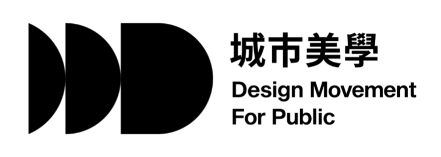
Design Movement For Public